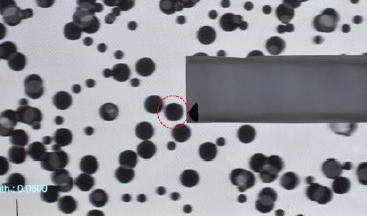
This paper proposes a method that can subjectively evaluate the actual depth range of 3D display. It presents the positive and negative depth of 3D display using visual stimulation images such as random dot stereogram (RDS). Develop a system that allows subjects to control the depth range of RDS images in real time to increase evaluation accuracy. Through this, the subject evaluates the clarity of the image form and the permissible level of recognition of the stereoscopic image in the depth range. We can finally determine the depth range of the 3D display using the acquired cognitive evaluation result. Finally, the depth enhancement according to the light field display (LFD) experimental conditions is quantified using a statistical analysis method called T-test. This experimental method can be a successful approach to developing a 3D stereoscopic evaluation system and producing 3D content that affects perceptual factors.